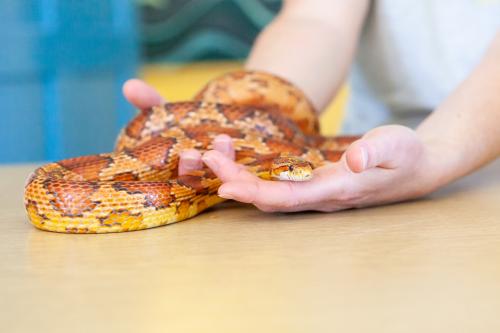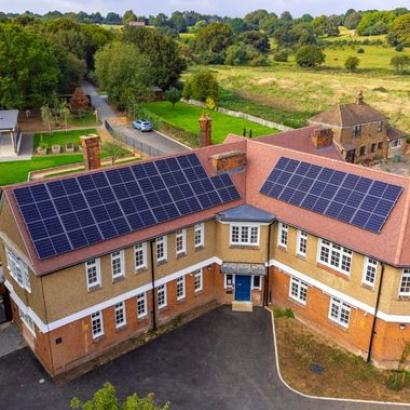

Hive Animal Adaptations
Hive Animal Adaptations (indoor activity)
In this classroom-based activity, students will meet and handle a range of our vertebrate and invertebrate animals, e.g. corn snake, fire salamander, giant millipede. The characteristics of each of the vertebrate and invertebrate groups will be explored in detail. By handling the animals and using information cards, students can explore how each animal is adapted to its habitat through evolution. We will explore the effect of the climate and ecological emergency on the habitats of the animals.
Learning objectives
- to use observable characteristics to sort animals into different groups
- to observe the similarities and differences between characteristics of the animals, giving reasons for classifying them into a certain group
- recognise how the animals studied have adapted to that habitat through evolution
- identify individual animals’ adaptations and their purpose
- consider the potential effect of the climate and ecological emergency on the animals met
National curriculum links
Science
Y5
Living things and their habitats
- describe the differences in the life cycles of a mammal, an amphibian, an insect, and a bird
- describe the life process of reproduction in some plants and animals
Y6
Living things and their habitats
- describe how living things are classified into broad groups according to common observable characteristics and based on similarities and differences, including microorganisms, plants, and animals
- give reasons for classifying plants and animals based on specific characteristic
Y6
Evolution and inheritance
- recognise that living things have changed over time
- identify how animals and plants are adapted to suit their environment in different ways and that adaptation may lead to evolution



